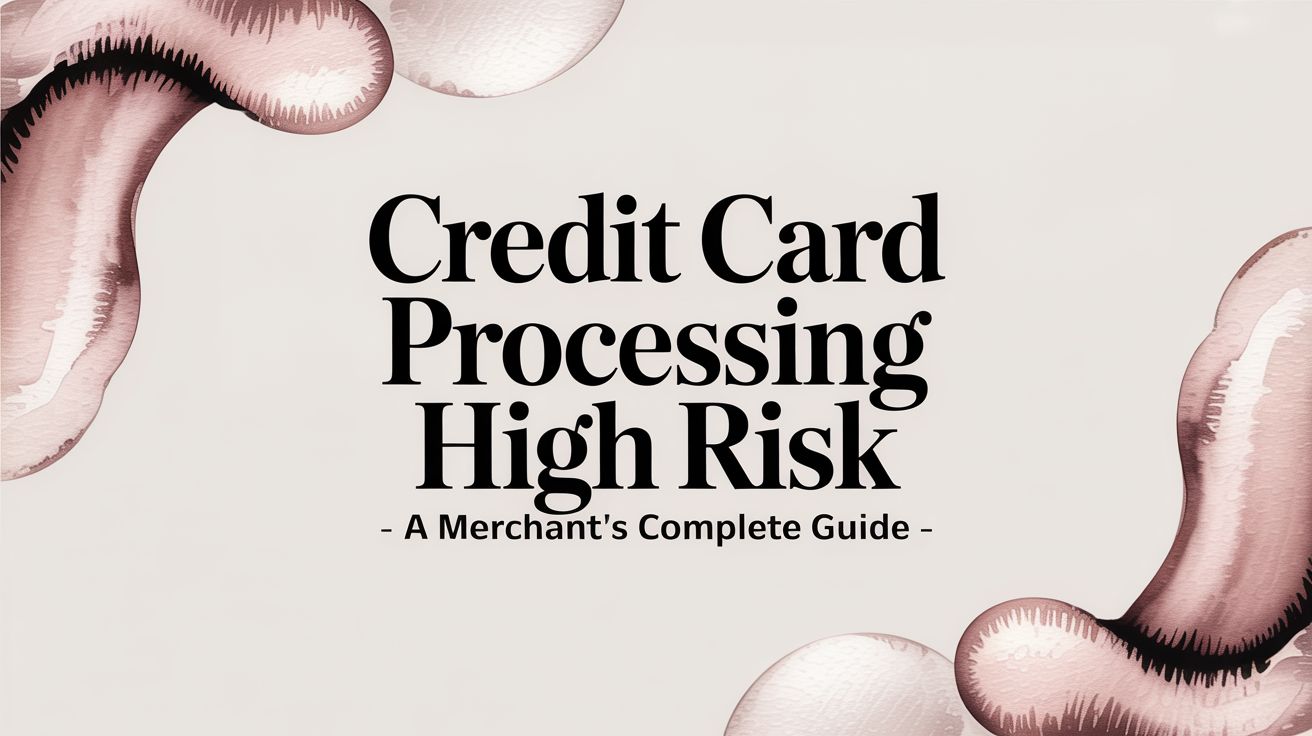
Did you know that the global dropshipping market is projected to reach $301.11 billion by 2024? (Statista)
Despite its growing popularity, the dropshipping model is riddled with challenges, and chargebacks remain one of the most pressing concerns for merchants.
According to a study by Juniper Research, eCommerce losses to online payment fraud—often linked to chargebacks—are expected to exceed $48 billion globally by 2023.
For dropshipping businesses, chargebacks do result from shipping delays, product quality issues, or even fraudulent transactions, creating financial strain and operational disruptions.
ChargePay guide provides actionable insights to help dropshipping merchants understand, prevent, and manage chargebacks effectively, ensuring sustainable growth in a competitive market.
Dropshipping Business Model and Risk Factor Linked with It
The dropshipping business model is a retail fulfillment method where merchants sell products without maintaining physical inventory. Instead, when a customer places an order, the merchant purchases the product from a third-party supplier, who ships it directly to the customer.
While this model offers low upfront costs, scalability, and minimal operational burden, it also presents unique risk factors that can contribute to chargebacks.
Key Risk Factors
1. Delayed Shipping and Delivery
Dropshipping heavily relies on suppliers, often located in different regions or countries. This can lead to extended shipping times, especially when dealing with international orders. Customers may file chargebacks if delivery delays exceed their expectations or if they suspect fraud.
Over 30% of eCommerce customers cite delayed delivery as a primary reason for chargeback disputes.
2. Product Quality Issues
Merchants typically do not inspect the products they sell, as items are shipped directly from suppliers. This lack of quality control increases the risk of customers receiving defective, incorrect, or subpar products, leading to dissatisfaction and chargebacks.
3. Misleading Product Descriptions
Dropshipping businesses often rely on supplier-provided product descriptions, which may exaggerate features or omit critical details. Customers who feel deceived are more likely to request a chargeback under the "item not as described" category.
"Item not as described" disputes account for approximately 25% of all chargebacks in eCommerce.
4. Limited Customer Support
Dropshippers frequently operate with minimal customer service infrastructure. Slow responses to inquiries, unresolved complaints, or poor refund policies can escalate dissatisfaction into chargeback claims.
5. Fraudulent Transactions
Due to the nature of online transactions, dropshipping businesses are prone to fraud, including unauthorized purchases and identity theft. These fraudulent transactions often result in chargebacks filed by cardholders.
Global eCommerce fraud is projected to cost businesses $48 billion annually by 2025.
6. High Dependence on Third-Party Suppliers
Dropshipping merchants rely on suppliers for timely fulfillment, accurate inventory management, and product integrity. Any lapses in these areas reflect poorly on the merchant, increasing the likelihood of disputes.
What is Dropshipping Chargeback?
A dropshipping chargeback occurs when a customer disputes a payment made for an order with their credit card issuer, resulting in the reversal of funds to the customer and a deduction from the merchant's account. In the context of dropshipping, chargebacks typically arise due to issues inherent to the business model, such as delayed delivery, poor product quality, or unresponsive customer support.
When a chargeback is filed, the merchant not only loses the revenue from the transaction but may also incur additional fees and penalties from payment processors. Furthermore, excessive chargebacks can damage the merchant’s reputation and result in higher processing fees, or in severe cases, account termination.
To successfully navigate chargebacks in a dropshipping context, businesses need to understand the root causes, comply with card network requirements, and implement preventive measures to mitigate risks.
Why Do Chargebacks Occur in Dropshipping?
Chargebacks in dropshipping often stem from the unique challenges of the business model. Key reasons include:
1. Shipping Delays: Long delivery times, especially from overseas suppliers, can frustrate customers, leading them to dispute transactions.
2. Product Issues: Defective, incorrect, or poor-quality items increase dissatisfaction and trigger chargebacks under the "item not as described" category.
3. Fraudulent Transactions: Unauthorized purchases or identity theft can result in customers filing disputes to recover lost funds.
4. Poor Communication: Lack of timely responses to customer concerns, unclear refund policies, or failure to resolve issues escalate disputes.
5. Misleading Marketing: Overpromising on product features or providing insufficient details often results in unmet customer expectations and disputes.
Impact on Dropshipping Merchants
Chargebacks have both financial and operational consequences for dropshipping merchants:
1. Revenue Loss: Merchants lose the sale amount and often the product, as items are rarely returned.
2. Chargeback Fees: Payment processors impose fees per chargeback, typically ranging from $20 to $50, adding to the financial strain.
3. Account Risks: High chargeback ratios can lead to increased processing fees, restricted services, or even account termination by payment providers.
4. Damaged Reputation: Excessive disputes harm trust with both payment processors and customers, reducing future sales opportunities.
5. Operational Disruption: Handling disputes requires significant time and resources, diverting focus from growth activities.

Why Dropshipping Is More Vulnerable to Chargebacks Than White Label?
Dropshipping is inherently more prone to chargebacks than white-label business models due to its structural differences and reliance on third-party suppliers.
Below are the key factors contributing to its vulnerability:
1. Lack of Control Over Fulfillment
In dropshipping, merchants have little to no control over inventory management, order processing, or shipping timelines. Delays or errors from suppliers directly impact customer satisfaction, often leading to chargebacks. In contrast, white-label businesses typically oversee fulfillment processes, ensuring greater control and reliability.
2. Product Quality Assurance
Dropshippers rely on suppliers for product quality, which they cannot inspect firsthand. If customers receive substandard or incorrect items, they are more likely to file disputes. White-label merchants, however, manage product quality through direct sourcing or production oversight.
3. Extended Shipping Times
Many dropshipping suppliers operate internationally, leading to extended delivery times that frustrate customers. White-label businesses often use domestic suppliers or maintain local inventory, reducing shipping delays and related disputes.
4. Minimal Brand Recognition
Dropshipping businesses often lack a distinct brand identity, relying heavily on supplier-provided packaging and generic marketing. Customers who feel disconnected from the brand or suspect fraud are more likely to initiate chargebacks. White-label businesses, on the other hand, establish stronger brand trust through consistent product labeling and customer experiences.
5. Higher Fraud Exposure
Dropshipping businesses are more susceptible to fraudulent transactions, as they often operate with fewer fraud prevention tools. White-label businesses typically have established risk management systems and robust authentication measures, reducing their vulnerability.
6. Weaker Customer Support Infrastructure
Dropshipping businesses often operate with limited resources, resulting in slower response times and inadequate issue resolution. White-label businesses usually invest in dedicated customer support, improving customer satisfaction and dispute prevention.
While both models face risks, the hands-off nature of dropshipping amplifies chargeback vulnerabilities. Addressing these challenges requires robust strategies, such as improving supplier reliability, implementing fraud prevention tools, and enhancing customer support to mitigate risks effectively.
Avoiding & Preventing Dropshipping Chargebacks Before They Happen
Preventing disputes in a dropshipping business requires proactive measures to address common customer concerns and operational challenges. Implementing these strategies can significantly reduce chargeback risks and foster customer trust.
1. Partner with Reliable Suppliers
Choose suppliers with proven track records for quality products, accurate order fulfillment, and timely shipping. Use platforms like Alibaba, Oberlo, or Spocket that offer supplier ratings and reviews to evaluate performance.
2. Improve Order Tracking and Updates
Provide customers with real-time updates on order status, shipping progress, and delivery timelines. Automated notifications help reassure customers and reduce inquiries that may lead to dissatisfaction.
3. Invest in Customer Support
Offer multiple channels for customer communication, including email, live chat, and social media. Resolve complaints promptly to prevent them from escalating to chargebacks. Over 70% of customers who receive a prompt resolution to their issues will not pursue chargebacks.
4. Monitor Order Fulfillment Closely
Track supplier performance and address any recurring issues with fulfillment or shipping delays. Consider backup suppliers to avoid disruptions during peak periods.
5. Use Chargeback Alerts and Prevention Services
Leverage chargeback management tools such as ChargePay. These services provide early alerts and enable merchants to resolve disputes before they escalate into chargebacks.
6. Educate Customers
Proactively address common questions with a comprehensive FAQ section, covering order processing, shipping, returns, and refunds. Educated customers are less likely to file disputes out of confusion or frustration.
Preventing disputes in dropshipping requires a customer-centric approach combined with operational excellence. By implementing these actionable strategies, merchants can reduce chargeback rates, protect their revenue, and build long-term trust with their customers.
Managing Dropshipping Chargebacks
Effectively managing dropshipping chargebacks requires an advanced solution that simplifies dispute resolution and prevents future losses.
ChargePay leverages most advanced technology to identify fraudulent transactions, automate dispute processes, and ensure compliance with payment network rules.
From gathering evidence to submitting responses, ChargePay handles every step of the chargeback process, helping merchants recover lost revenue and protect their accounts from penalties caused by excessive chargebacks.
With ChargePay, dropshipping merchants gain access to real-time alerts, predictive analytics, and tailored fraud prevention strategies, reducing their chargeback ratio and safeguarding their business.
Our seamless integration with Shopify makes it easy to monitor transactions, address disputes, and maintain account health, all through an intuitive platform.
Take control of your chargebacks today by exploring our Shopify App and see how ChargePay will transform your dropshipping business.







.svg)







.svg)
.svg)
.svg)